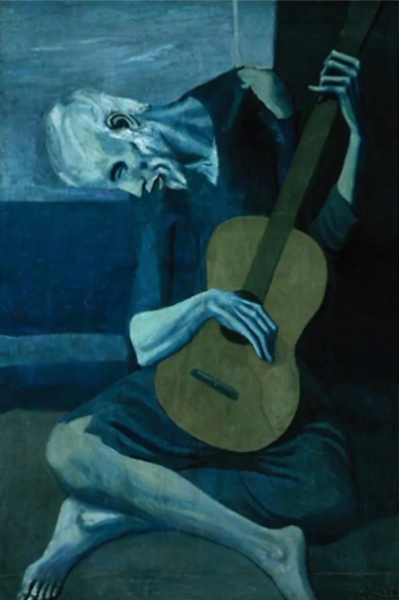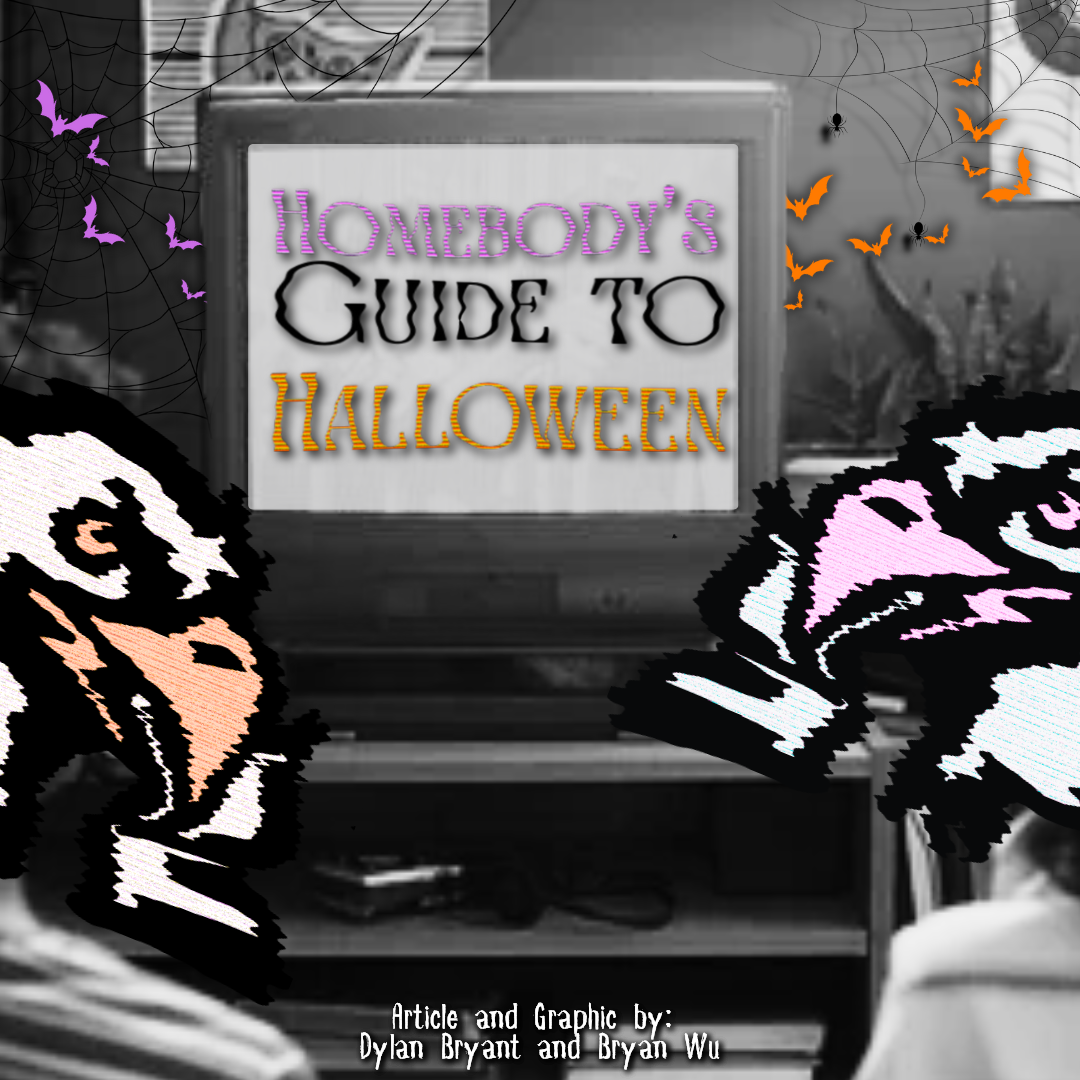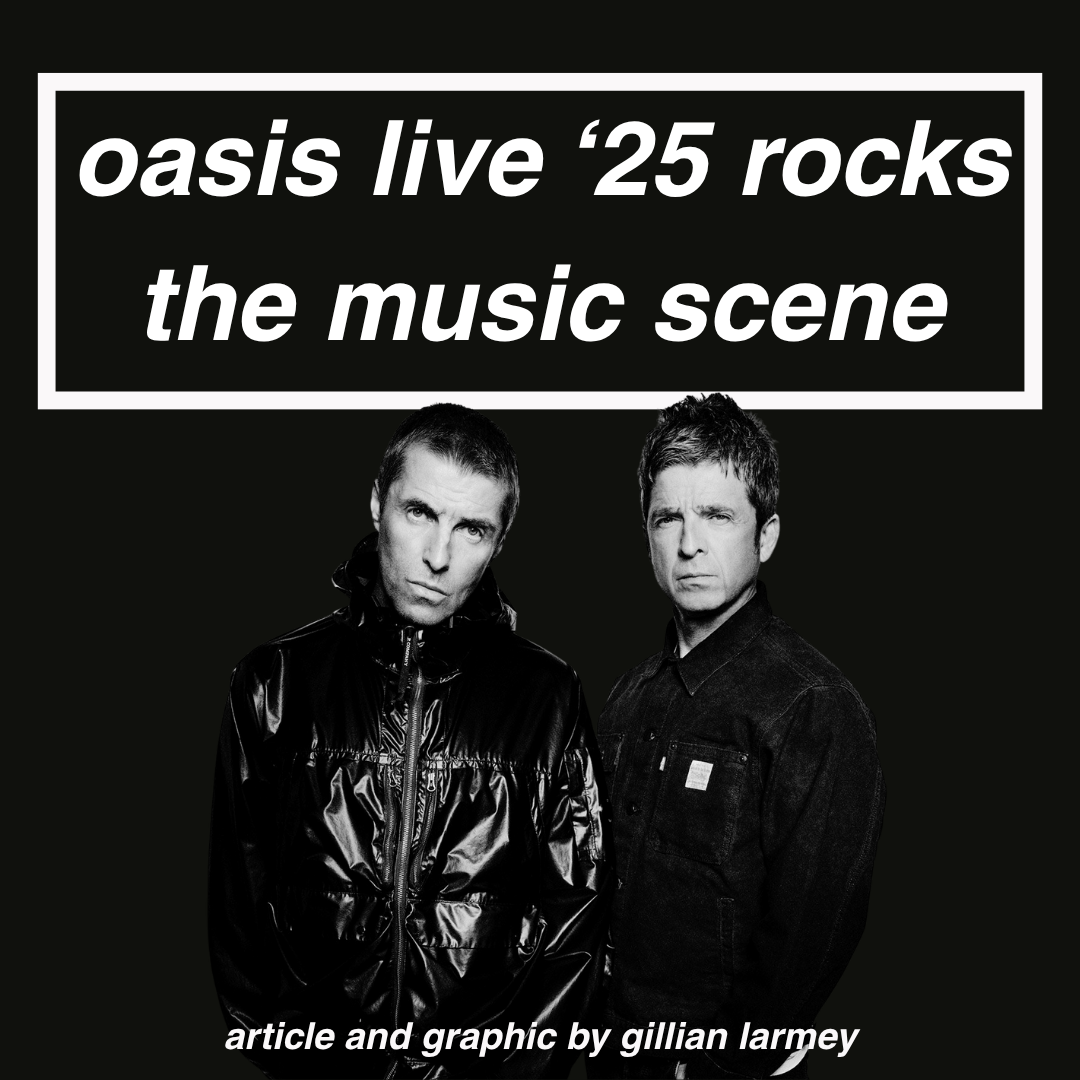Picasso’s Blue Period, in the sense of a high school setting, can have a multifaceted impact on students, particularly in terms of emotional engagement, artistic appreciation, and historical understanding:
Since mellow tones and themes of poverty, isolation, and despair characterize the Blue Period… High school students who often navigate their complex emotions and experiences may resonate deeply with these themes. It can provide a platform for discussing mental health and emotional expression.
Artistic Expression For Students
We often forget about history, most prominently, art history. It’s often overlooked how much psychology is induced in art. Picasso’s unique style during the Blue Period is a unique aspect of history that can be interpreted as a beacon for inspiration. It demonstrates how color, form, and subject matter convey deep emotional states. This can encourage students to explore their creativity and personal expression through art. This exploration is about learning artistic techniques and understanding art as a powerful form of self-expression and emotional catharsis. Students may explore how different colors and forms can represent various emotional states, providing a tangible means to express those feelings that are often hard to articulate into words. The process employs a deeper connection to art, encouraging viewing art as a subject and as a display of the quiet qualities we often keep untold splatted over a canvas.
Historical + Cultural Context
The Blue Period dates from 1901 to 1904. This period is an emotional peak in Pablo Picasso’s artistic journey that reflects the socio-economic conditions of early 20th-century Europe. Some suggest that this period was created in memory of his childhood friend, Carlos Casagemas, who committed suicide. The painting began to indicate features like those of his lost friend. The composition is stilled, and the tones are blue. When Picasso was conscious, it was nothing less than a tumultuous sea of creativity and personal turmoil with the poise of a tragic poet. His life is a tapestry of shadows of despair. His relationships can be called most prominent for his works; it was as if his canvases were painted with the hues of human entanglements and the aftermath of despair. In a philosophical sense, Picasso’s life and art can be viewed as a testament to the complexity of the human condition. This a vivid illustration that the struggle is often within the heart of creativity. His story is a reminder of the intertwined nature of genius and struggle, joy and sorrow, creation and chaos, and much more.
Analyzing and interpreting Picasso’s works can enhance critical thinking skills. Students learn to observe, analyze, and interpret visual information and to understand how art can communicate complex emotional and societal messages. Understanding the suffering depicted in the paintings can encourage students to be more empathetic toward others’ experiences and hardships.

[Above]
“The Old Guitarist,” painted by Picasso himself during 1903-04, signifies a poignant deception of an elderly, emaciated musician. This piece is dominated by blues and grays, symbolizing deep sorrow and isolation. The contrasting shapes of the frail body and the guitar illustrate the harshness of life against the comfort of art. The stark, angular lines of the guitarist’s body juxtaposed against the gentle curves of the guitar create a visual contrast, symbolizing the harsh realities of life against the soothing escape of music. Despite that, we can see that the guitarist is suffering. The guitarist is absorbed in his music, suggesting a narrative of resilience and the transformative power of art.
The Color Theory
The Color Theory, an aspect of artistic and psychological understanding, is premised on the idea that colors are not visual phenomena but are imbued with the power to awaken emotional responses and, thus, communicate deeper meanings. Picasso’s Blue Period is an ideal example of the profound impact of color on the atmosphere in art: the predominance of blues and greens provides a practical example of how color can affect mood. Beyond visual aesthetics, Color Theory delves into the psychological impact of various hues on young minds. Colors can influence mood, evoke emotions, and even trigger dormant memories, especially in young minds. For example, the color blue is often linked with a sense of tranquility and fear, making it a potentially stimulating presence in educational environments. But red stirs emotions from passion to anger, highlighting its potential to energize or unsettle students.
Takeaways
By incorporating Picasso’s Blue Period into the curriculum, education can provide a rich, multifaceted educational experience beyond traditional art education, touching on emotional literacy, history, and critical thinking. Through the often overlooked aspects of art, students are engaging in a holistic educational experience. This cultivates a rich understanding, ranging from enhanced emotional intelligence and covered-up creativity to a deepened appreciation for the historical contexts and cultural narratives that shape art.













